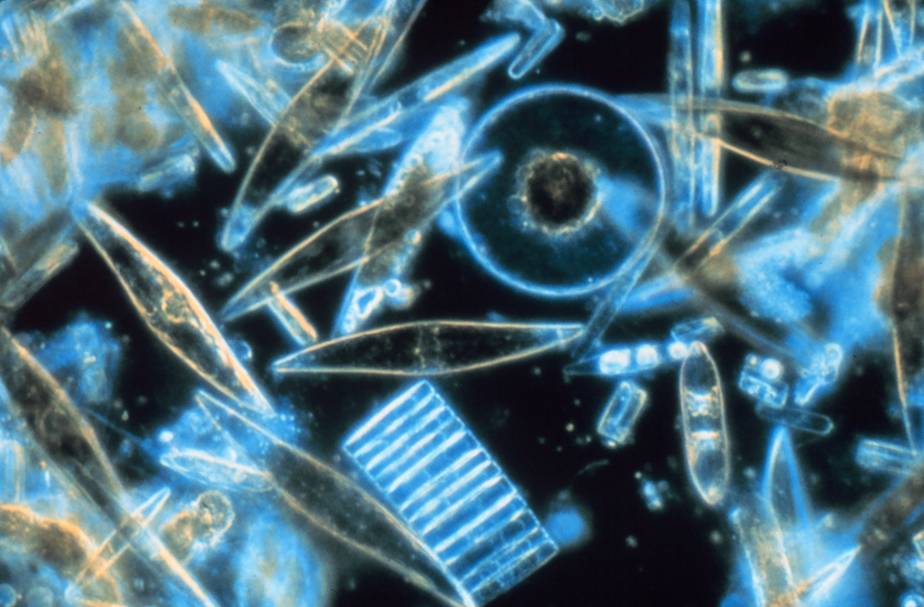SOURCE: Inside Climate News
DATE: June 18, 2019
SNIP: All life on Earth evolved from microorganisms in the primordial slime, and billions of years later, the planet’s smallest life forms—including bacteria, plankton and viruses—are still fundamental to the biosphere. They cycle minerals and nutrients through soil, water and the atmosphere. They help grow and digest the food we eat. Without microbes, life as we know it wouldn’t exist.
Now, global warming is supercharging some microbial cycles on a scale big enough to trigger damaging climate feedback loops, research is showing. Bacteria are feasting on more organic material and produce extra carbon dioxide as the planet warms. In the Arctic, a spreading carpet of algae is soaking up more of the sun’s summer rays, speeding melting of the ice.
Deadly pathogenic microbes are also spreading poleward and upward in elevation, killing people, cattle and crops.
So many documented changes, along with other alarming microbial red flags, have drawn a warning from a group of 30 microbiologists, published Tuesday as a “consensus statement” in the journal Nature Reviews Microbiology.
The microbiologists, in their statement, warned about changes they’re already seeing and called for more research to understand the potential impact. The statement “puts humanity on notice that the impact of climate change will depend heavily on responses of microorganisms, which are essential for achieving an environmentally sustainable future,” they wrote.
[A]ccelerated microbial activity in soils will significantly increase carbon emissions by 2050. In another study, he showed how global warming favors fungi that quickly break down dead wood and leaves and release CO2 to the atmosphere.
Other warning signs from the microbial world include spreading crop diseases that threaten food security, microbial parasites that threaten freshwater fish, as well as the fungal epidemic wiping out amphibians world wide.
“As the environment warms, pathogens can proliferate in new habitats that were previously too cold, and thereby infect humans in these new habitats,” said Kenneth Timmis, an environmental microbiologist at the Technical University Braunschweig, Germany.
Warming oceans are also changing currents and extreme events like El Niño, which disperses pathogens to new habitats where they cause disease, Timmis said. “This is the case for Vibrio, the cause of cholera and related diseases, of which there has been a series of outbreaks in recent years. In general, water-borne infections increase with increasing temperature,” he said.

